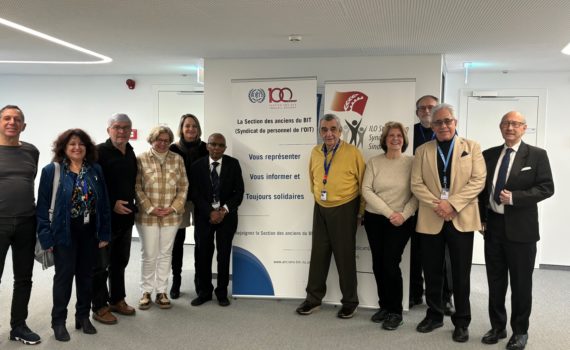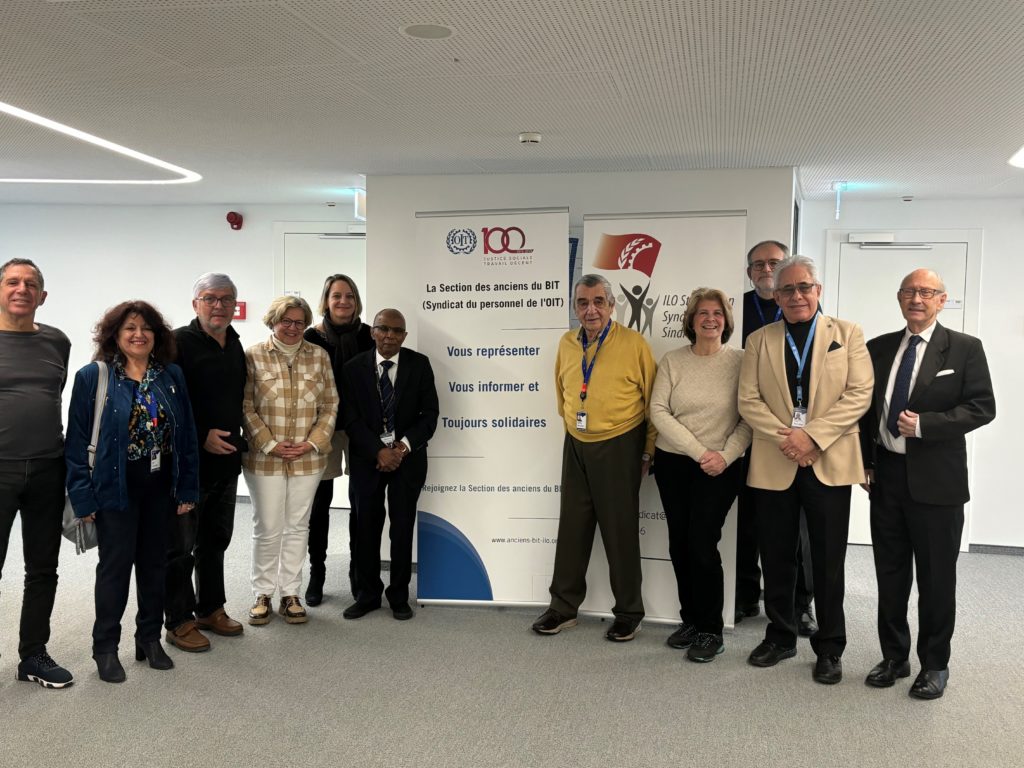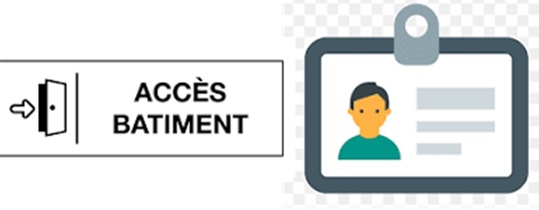A delegation from Our Section met with Ms Guiho, Director of Human Resources, ILO, at her office at headquarters on Tuesday 20 February at 4pm.
The delegation consisted of the following members: François Kientzler, Executive Secretary; Catherine Comte-Tiberghien, Deputy Executive Secretary; Abdoulaye Diallo, Deputy Executive Secretary; Simar Proust, Secretary; Peter Wichmand, Treasurer.
At the begining of the meeting, the members of the delegation quickly introduced themselves individually. François Kientzler then presented the Section and its activities, highlighting the following aspects:
– The Section was set up some forty years ago, and is part of the ILO Staff Union under Annex IV of the Union’s Statutes.
– The Section provides a social link between former and working staff and its mission is to strengthen these links, to inform, to communicate and to respond to the specific requests of former staff by various means, such as e-mail, post and many others.
– Every year, the Section publishes a magazine called “Message”, which is sent by post to all retirees, whether or not they are members of the Section.
– A website, hosted outside the ILO, strengthens the Section’s communication, disseminates information of interest to members (800 retirees) and ensures a lively link with the ILO.
The Section organises one meeting a year on issues of interest to both working and retired members. For example, the most recent meeting dealt with two key subjects: the health fund and the latest developments in this area, and the digital certificate to facilitate pensioner access to pensions.
The meeting planned for this year could take place around Senior Citizens’ Day on 1 October, and activities are being considered to highlight the importance of intergenerational links.
With regard to the annual retirees’ reception organised by the Administration, the Section expressed the strong wish that it be held on a date that would allow the Director General to be present among the retirees.
François also highlighted the work of the Section with other associations of retirees from the UN system, such as AAFI-AFICS, whose Board has representatives at FAFICS, the only association entitled to have a seat in New York.
The Section also runs an Arts Circle, which organises exhibitions in the Colonnades area of the head office.
As for the Section’s areas of interest, François mentions health and welfare issues, the CAPS, whose Management Committee has a balance between active and retired members. He also mentioned the UN Pension Fund, on whose Secretariat the Section have an observer status.
François then raised a number of specific points for discussion with the Director:
– Access to the ILO and access to ILO buildings for retirees in the field. He expressed the wish that a badge be given to each ILO retiree.
– He also expressed the wish that the organisation of the pre-retirement seminar be revisited in order to reach a wider audience.
– Finally, François expressed the Section’s willingness to work with the Administration to ensure that the culture and history of the ILO are maintained and passed on.
After this presentation, Ms Guiho welcomed the members of the Section and expressed her interest in the activities carried out by the Section and the importance of the links between active and former members.
In response to the request concerning badges, Ms Guiho promised to look into the matter in all its aspects.
With regard to the pre-retirement seminar, she pointed out that the seminar documents were placed jointly (UNOG/ILO) on the website for consultation, three weeks before the seminar took place, and considered that this organisational model remained valid.
She suggested that a brochure on the Alumni Section be prepared and distributed with the documents to future retirees.
She also said that she was very interested in the idea of retirees being prepared to work together to maintain the culture and history of the ILO among working people, particularly young working people.
She found the idea of an intergenerational workshop/exchange very interesting and promised to look into the matter with her team with a view to organising an event along these lines.
After this rich and promising exchange, the meeting came to an end and the representatives of the Alumni Section left the office of the Director of Human Resources, with a view to keeping in touch to follow up on issues of interest.

 The Section of Former Officials of the ILO
The Section of Former Officials of the ILO






